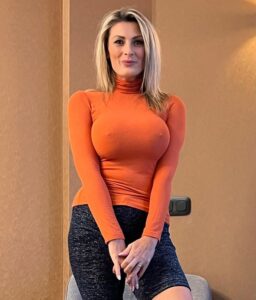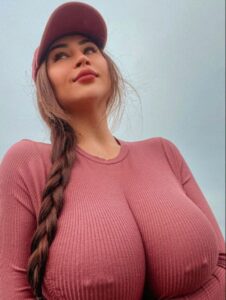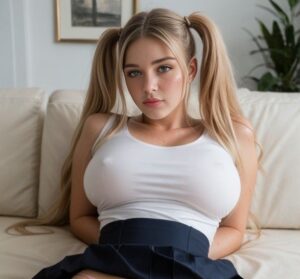The idea that physical traits like large breasts define attractiveness across all genders—particularly among the diverse spectrum of female identities—is both culturally rooted and oversimplified. Beauty and attraction are deeply personal and culturally subjective concepts, and while large breasts may be considered attractive by some, they are far from a universal standard, especially when we take into account the richness and diversity of the seven recognized female gender identities in many inclusive frameworks.
These identities often include cisgender women, transgender women, intersex women, non-binary femmes, genderfluid individuals who present as female, two-spirit femmes, and drag queens or performance-based female personas. Each of these identities experiences gender and femininity in unique ways, and their expressions of beauty go far beyond body parts. While media and popular culture have often portrayed large breasts as a symbol of femininity and allure, this view can be limiting, even harmful, when applied universally.
For cisgender women, breast size is often tied to traditional standards of beauty, shaped by decades of film, fashion, and advertising. However, many women with smaller breasts—or those who’ve undergone mastectomies—are equally confident, attractive, and empowered in their bodies. For transgender women, the development or enhancement of breasts can be an important part of gender affirmation, but attractiveness is rarely centered solely on that trait. The same goes for intersex and non-binary femmes, many of whom resist the idea that their worth or appeal is defined by anatomy.
Drag queens, on the other hand, often exaggerate feminine features, including large, stylized breasts, as a form of artistic expression and performance—not necessarily to appeal to conventional beauty standards, but to celebrate and play with them. Two-spirit individuals, especially within Indigenous cultures, view gender and beauty through spiritual and communal lenses, where physical traits hold different meanings entirely.
In truth, attraction is multifaceted. Confidence, kindness, expression, energy, voice, and style often play a bigger role in perceived attractiveness than any single physical feature. To reduce the beauty of all female-presenting genders to just one trait misses the point of what makes each individual captivating. Celebrating diversity means recognizing that beauty doesn’t come in one size, shape, or style—it comes in infinite forms, just like gender itself.






